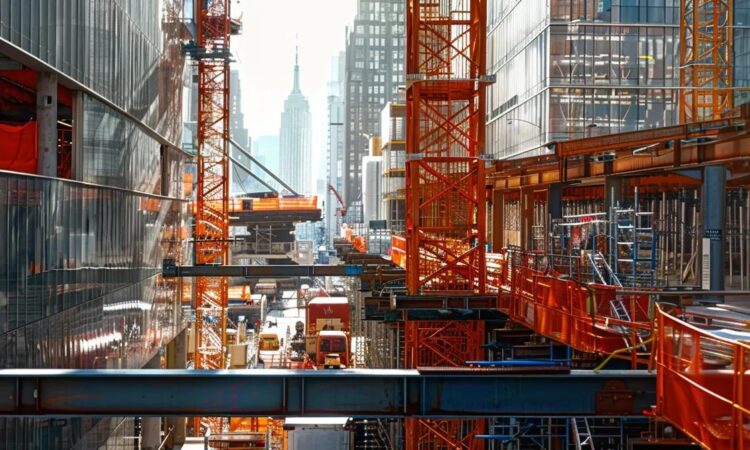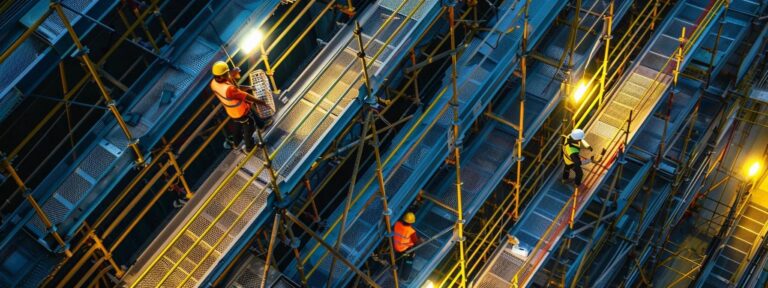Custom Construction Fall Protection Systems Designed for Complex Job Sites
On complex construction sites, fall protection systems must be tailored to unique hazards such as multi-level scaffolding, leading edges, and crane picks. Custom solutions integrate guardrail assemblies, engineered lifeline systems, and specialized anchor points to meet OSHA 1926.501 and ANSI Z359 requirements established by the American National Standards Institute and endorsed by the American Society of Safety Professionals. This guide examines engineered systems, utility worker strategies, telecommunication tower safeguards, on-site implementation best practices, and success stories illustrating measurable injury reduction.
Key Takeaways
- Site-specific risk assessments drive custom fall protection design.
- Integration of guardrails, lifelines, and nets meets OSHA/ANSI standards.
- Regular inspections and training are critical for system reliability.
- Innovations like smart monitoring improve compliance and reduce incidents.
- Case studies show up to 90% reduction in fall-related near misses.
What are custom construction fall protection systems designed for complex job sites?
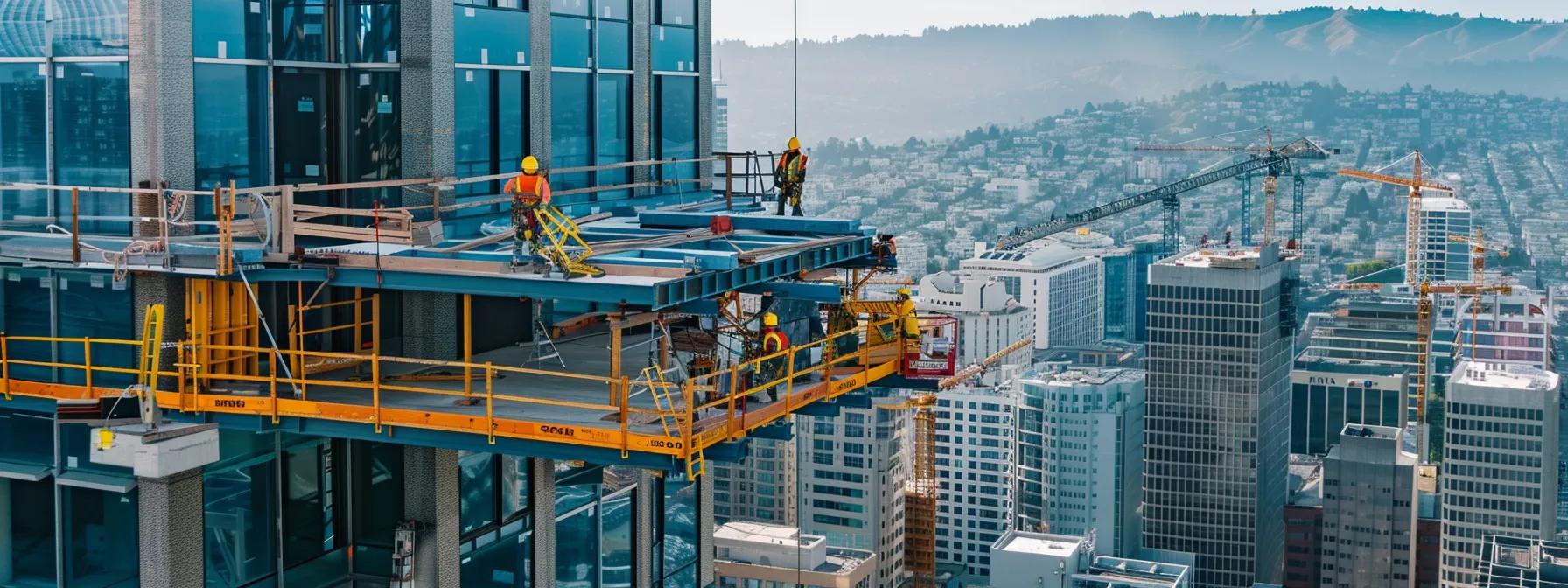
Custom construction fall protection systems are engineered configurations that combine multiple protective measures—such as guardrail systems, ladder-systems, horizontal lifelines, lifeline systems, anchor connectors, and safety netting—to address site-specific fall hazards on floor slabs, roofs, scaffolding, and steel structures. These systems begin with a thorough risk assessment following OSHA 1926 and ANSI Z359 protocols and are tailored through design-installation to mitigate hazards like unprotected edges, openings, and crane pick zones. By integrating fall protection equipment from certified suppliers—including engineered beam anchors rated to 5,000 lbf per ANSI Z359.1-2021—companies ensure compliance with occupational safety regulations and reduce fall-related incidents by up to 60% (NIOSH, 2020). Additionally, providing annual maintenance ensures the longevity and effectiveness of these fall protection systems. For more insights and updates, visit our blog.
System characteristics include modular guardrails with adjustable posts, fall-restraint webbing, fall protection equipment, and lifeline systems designed for high-voltage and confined space work. Real-world examples involve multi-story concrete pours where telescoping rail assemblies and temporary anchor plates adapt to changing deck elevations—enabling continuous guardrail coverage without work interruption. Our design-installation and annual maintenance services ensure the systems remain effective. For more information, get a free quote.
What fall protection strategies do utility workers use on construction sites?
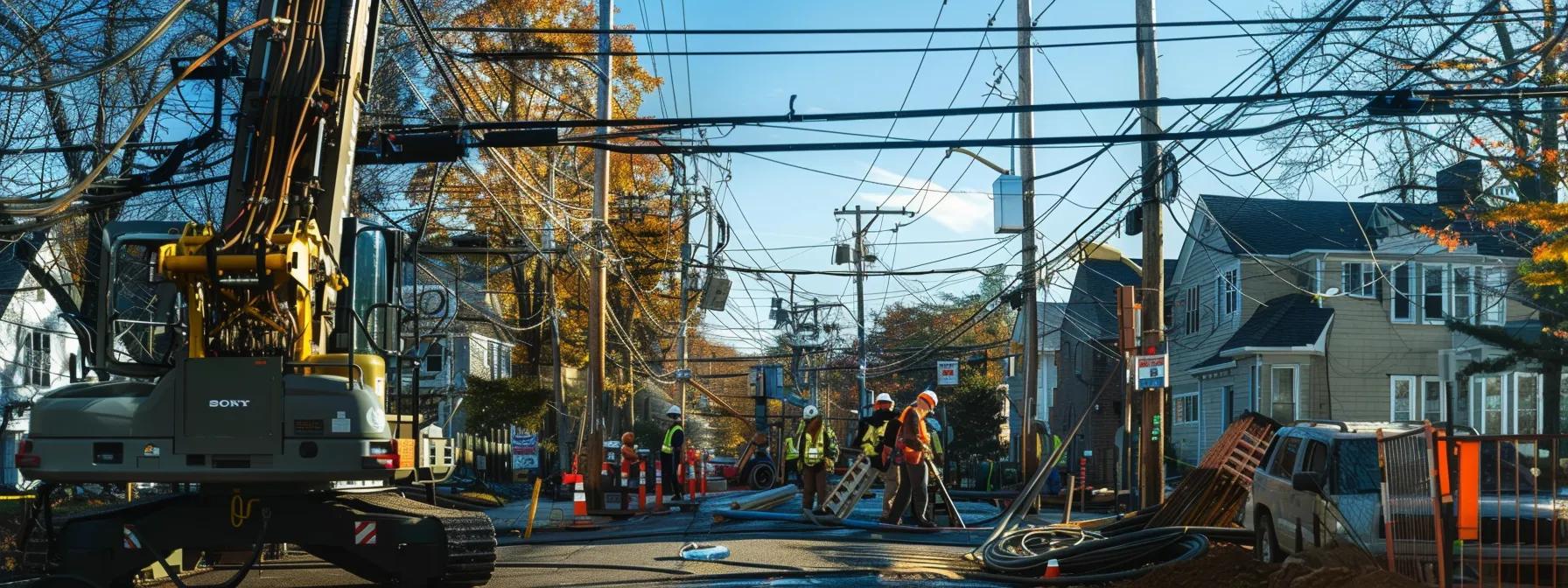
Utility worker fall protection strategies on construction sites rely on a combination of passive and active systems—specifically engineered for mobile crews climbing poles, working near transformer pits, or servicing overhead lines. Typical strategies include using bucket-truck crane hooks with integrated fall-arrest lanyards, pole-strap anchor systems rated to ANSI Z133.1-2012, and double-leg shock-absorbing lanyards to prevent free-fall arrest. Active strategies such as self-retracting lifeline systems attached to engineered anchor points reduce fall clearance by up to 50% compared to standard lanyards (ASSP Journal, 2021). Additionally, regular annual maintenance of fall protection equipment ensures systems remain effective and compliant. Learn more about our design-installation and maintenance services on our blog.
Utility crews often supplement mobile equipment with portable beam anchors and roof-mount anchor plates to guard unprotected skylights or parapet edges. lifeline systems are also incorporated to enhance safety. Training in accordance with OSHA’s “Subpart M” requirements ensures that workers inspect fall protection equipment—such as harnesses and lanyards—for webbing abrasion and hardware corrosion, thereby maintaining system integrity during high-wind and high-voltage operations. Regular annual maintenance further ensures reliability.
What innovative approaches to construction fall protection systems exist?
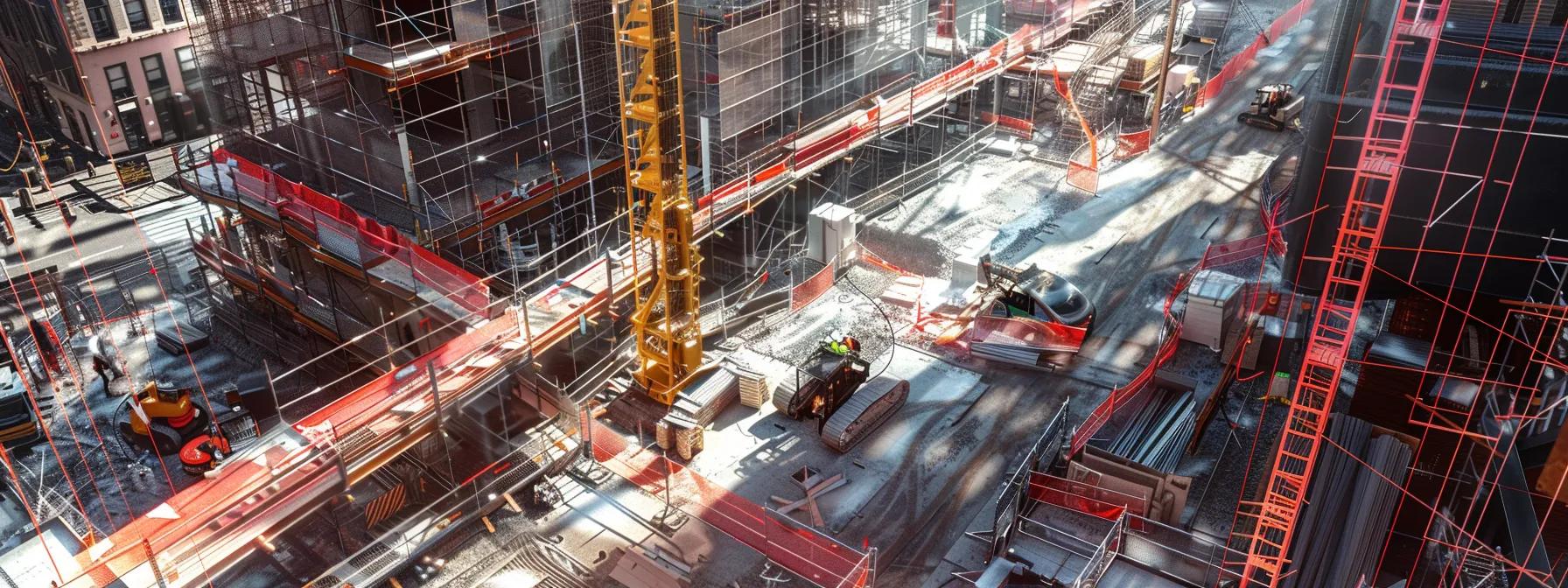
Innovative approaches to construction fall protection systems include deployable safety nets, automated guardrail erection robots, and smart sensor–based monitoring that alerts supervisors to unanchored harnesses or disconnected lifeline systems or ladder-systems. Deployable net systems can be installed in under 15 minutes using tensile-membrane technology—providing 100 ft² of coverage per module while withstanding 2,000 lbf impact as tested to EN 1263.1 standards. For design-installation and annual maintenance of your fall protection equipment, visit our blog. Guardrail robots equipped with Li-DAR scanning automate edge detection and post placement, reducing setup time by 40% (Engineering Safety Review, 2022). To learn more, visit our about us and industries-we-serve pages or get a free quote today.
Furthermore, digital monitoring systems—integrated with worker RFID tags and a cloud-based video surveillance platform—track compliance in real time and issue alerts when workers approach leading edges without connected lifeline systems. These innovations not only improve safety but also generate data analytics on fall protection equipment and fall-hazard trends, enabling continuous improvement of site procedures and reduction of near-miss events.
What safety systems are used for telecommunication towers within construction projects?
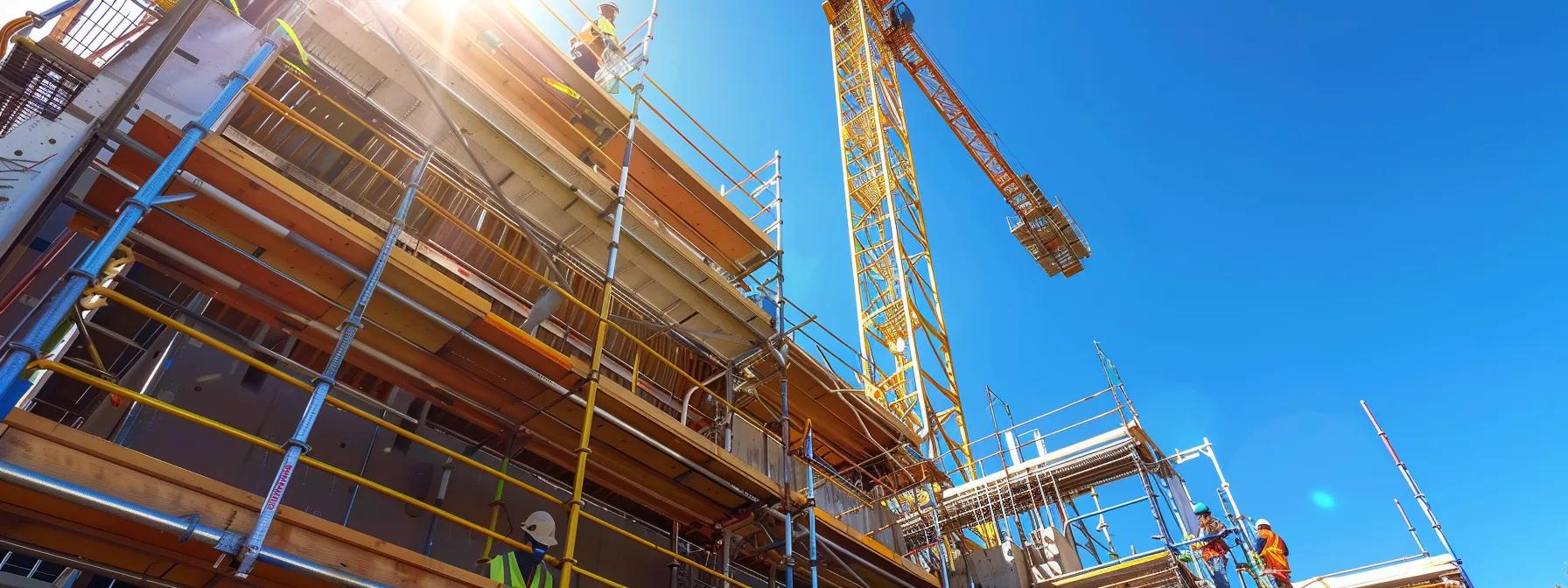
Telecommunication tower safety systems within construction projects utilize specialized tower-climbing fall arrest systems, vertical lifeline rails, and temporary anchor beams compliant with ANSI A10.48-2012 standards. These fall protection equipment systems include linear rail systems mounted to tower legs, integrated energy absorbers, and dual-leg retractable lifelines that allow seamless progression during tower erection or maintenance. Additionally, our annual maintenance ensures that these systems support up to 300 lb of user load plus tools and offer fall-arrest clearance distances under 3 ft, meeting regulations from the Occupational Safety and Health Administration (OSHA) for tower work.
Installation examples involve modular guardrail kits on ladder-systems tower platforms and insulated lifeline systems on guy wires to protect crews from electrical hazards. Combined with daily pre-shift inspections and annual maintenance documented per ANSI Z359.13-2013, these fall protection equipment solutions enable telecommunication contractors to maintain critical cell-site operations while ensuring worker protection on towers reaching heights of 200 ft or more.
How can fall protection be implemented on-site and what are best practices?
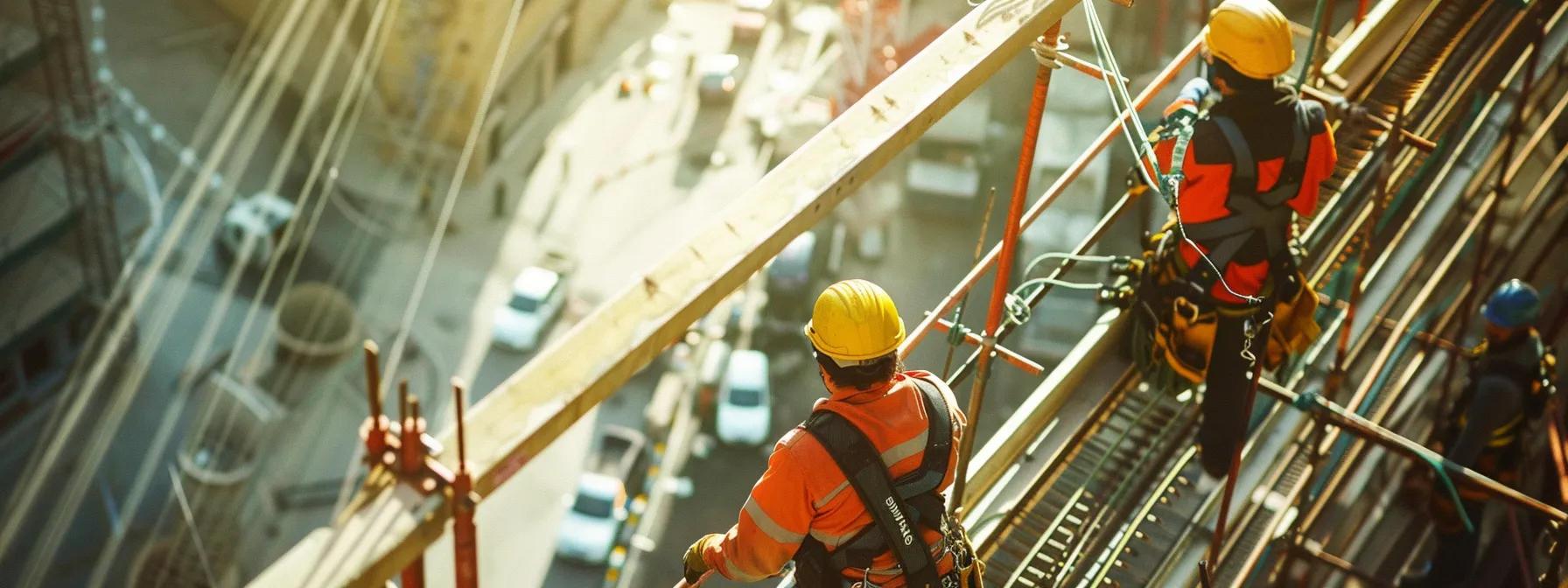
On-site implementation of fall protection begins with a comprehensive site hazard assessment, followed by selection of control measures from the hierarchy: elimination, substitution, engineering controls, administrative controls, and PPE. Engineering controls—such as guardrail systems, fall protection equipment, and lifeline systems—should be prioritized, followed by strict enforcement of harness usage and clear signage at leading edges. Administrative practices include documented rescue plans, annual maintenance, as mandated by ANSI Z359.4-2013, and toolbox talks focusing on correct fall-arrest lanyard connections and anchor verification.
Best practices include:
- Performing daily equipment inspections in line with manufacturer and ASSP guidelines;
- Ensuring anchor points are rated to at least 5,000 lbf for personal fall arrest;
- Maintaining unobstructed access to exit routes and rescue ladders;
- Conducting regular training and competency assessments per OSHA 1926.503;
- Documenting all fall prevention audits and corrective actions.
By following these best practices, contractors reduce fall-related downtime and enhance overall employee safety and productivity on complex job sites.
What real-world applications and success stories illustrate effective fall protection?
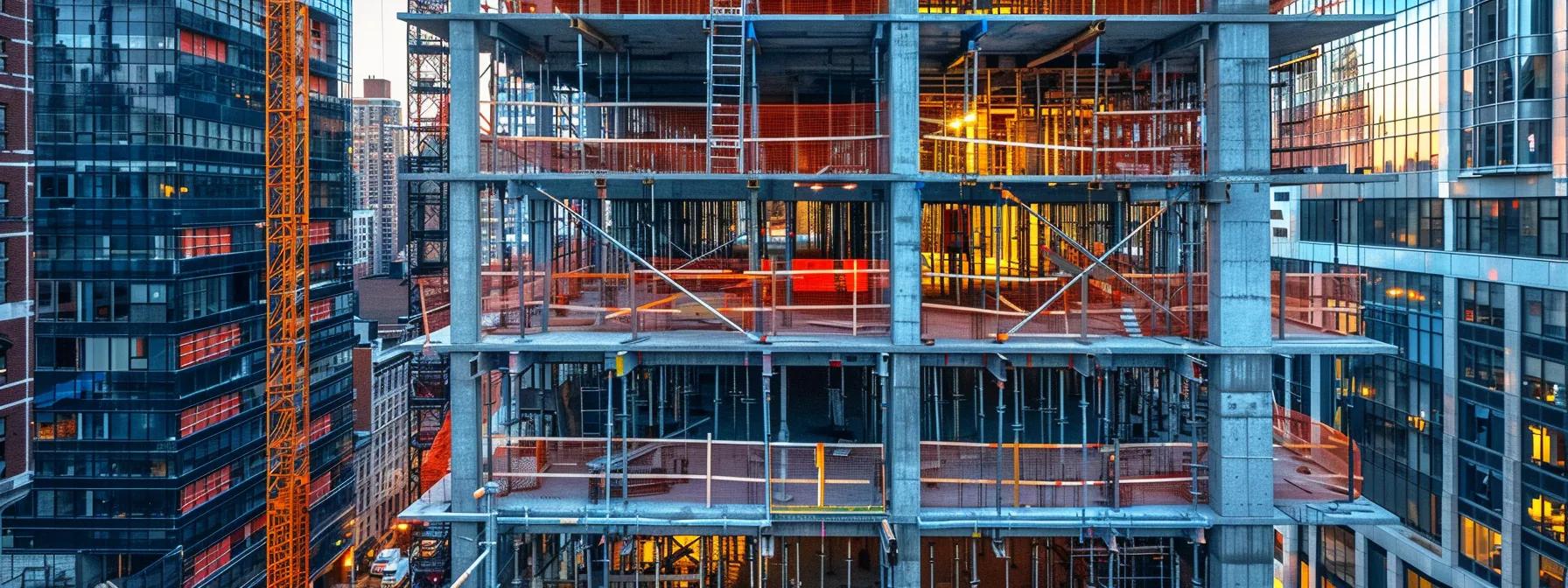
Real-world success stories in fall protection include a high-rise hospital project in Georgia that deployed a custom perimeter guardrail system and vertical lifeline systems combo, resulting in zero lost-time incidents over 18 months. Another case at a major power substation saw a 75% reduction in fall hazards after implementing automated net deployment systems during transformer design-installation. A telecom company reported a 90% drop in near-miss reports after integrating smart sensor–based harness monitoring and fall protection equipment across 150 tower ladder-systems nationwide.
These outcomes demonstrate that combining design-installation, rigorous training, and real-time compliance monitoring yields measurable improvements in occupational safety—reducing incident rates through the use of fall protection equipment and lifeline systems, and ensuring uninterrupted project delivery for utility, telecommunication, and heavy-civil construction sectors.
What are the leading regulatory standards for fall protection in construction?
OSHA 1926 Subpart M and ANSI Z359 series are primary standards governing construction fall protection.
How often should fall protection equipment be inspected?
Daily pre-shift inspections and annual certified inspections are required by OSHA and ANSI guidelines.
Can safety net systems replace guardrails on high-rise projects?
Safety nets serve as secondary protection and must complement, not replace, guardrail systems per OSHA.
What training is required before using horizontal lifelines?
Competent person training per OSHA 1926.503 and manufacturer-specific lifeline use instructions are mandatory.
How much clearance is needed for self-retracting lifelines?
Retractable lifelines require at least 3 ft of fall clearance to fully engage the brake mechanism.
Custom fall protection systems on complex construction and telecommunication sites integrate engineered guardrails, lifelines, and smart monitoring to meet stringent OSHA and ANSI standards. By conducting thorough risk assessments, selecting appropriate systems, and adhering to best practices in training and inspections, contractors can significantly reduce fall incidents and downtime. Innovative approaches—such as automated net deployment and cloud-based compliance tracking—offer measurable safety gains and productivity improvements. Real-world success stories confirm that comprehensive, site-specific fall protection strategies are essential for protecting workers and ensuring project continuity.

